In recent years, the WUI has become an ever more important topic for politicians, urban planners and local communities.
As cities grow and climate conditions change, more people are living in areas where human environments meet forests and wildlands. Living close to nature can be beautiful, but it also poses significant risks that require new approaches to safety and sustainability.
Read further to find answers to these questions:
We see the consequences every year: flooding in Valencia, wildfires in Los Angeles, monsoon in China.
More people are being affected by natural disasters, due to the fact that they are living in exposed regions with high climate change risks.
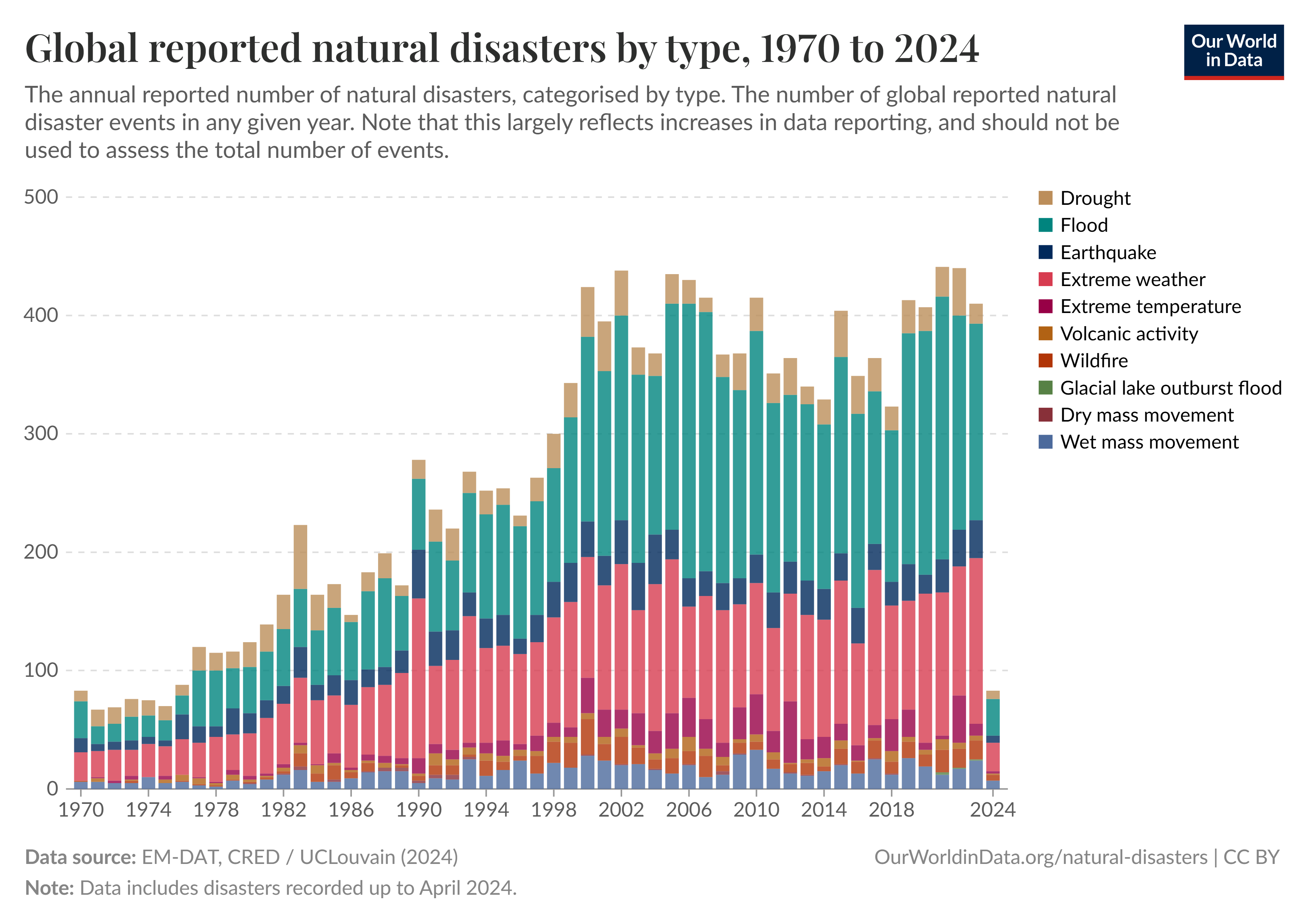
The vulnerability of WUI zones continues to increase as climate change causes warmer summers, longer droughts and more extreme weather conditions.
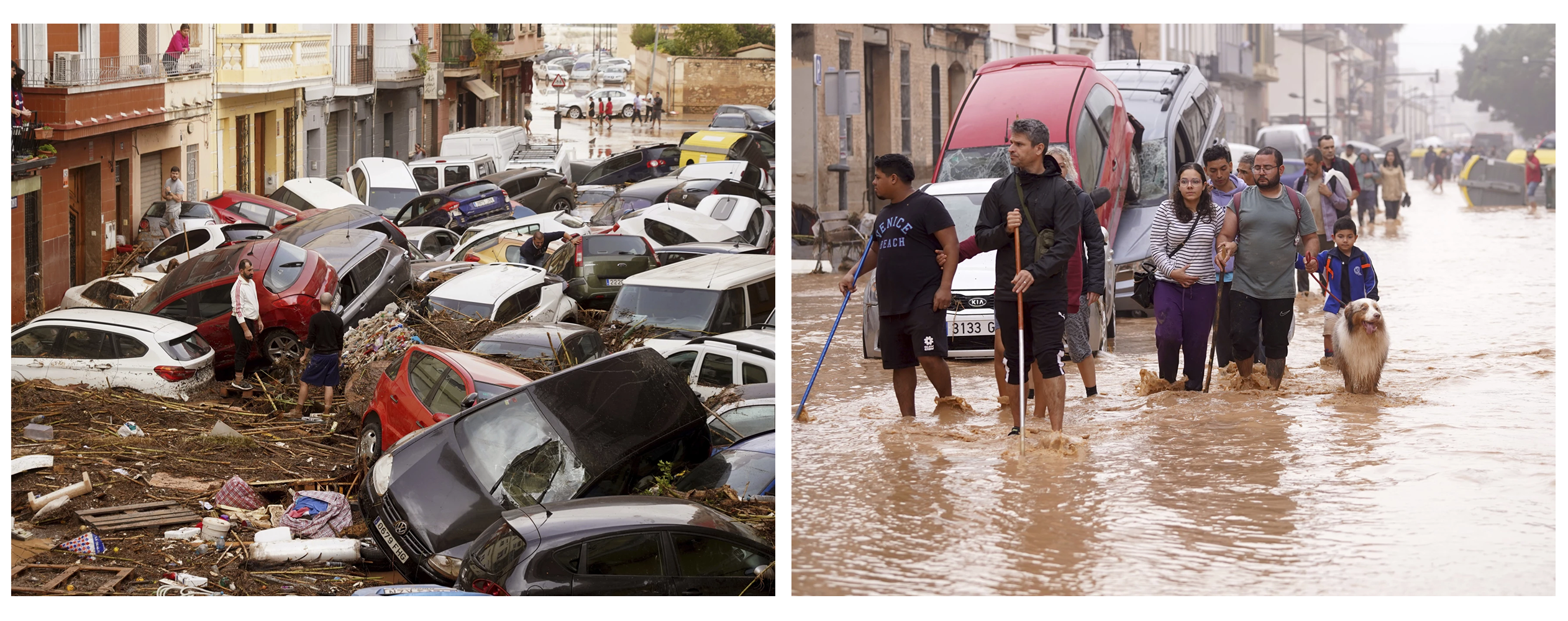
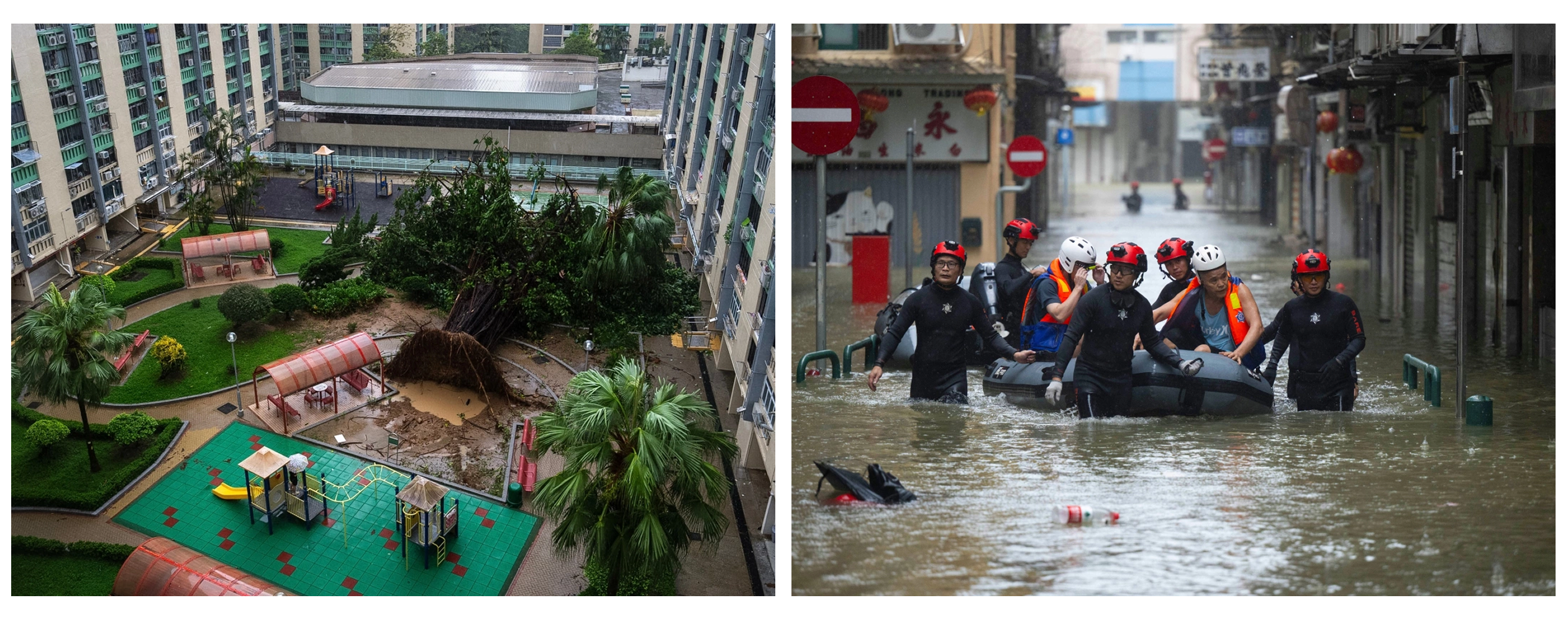
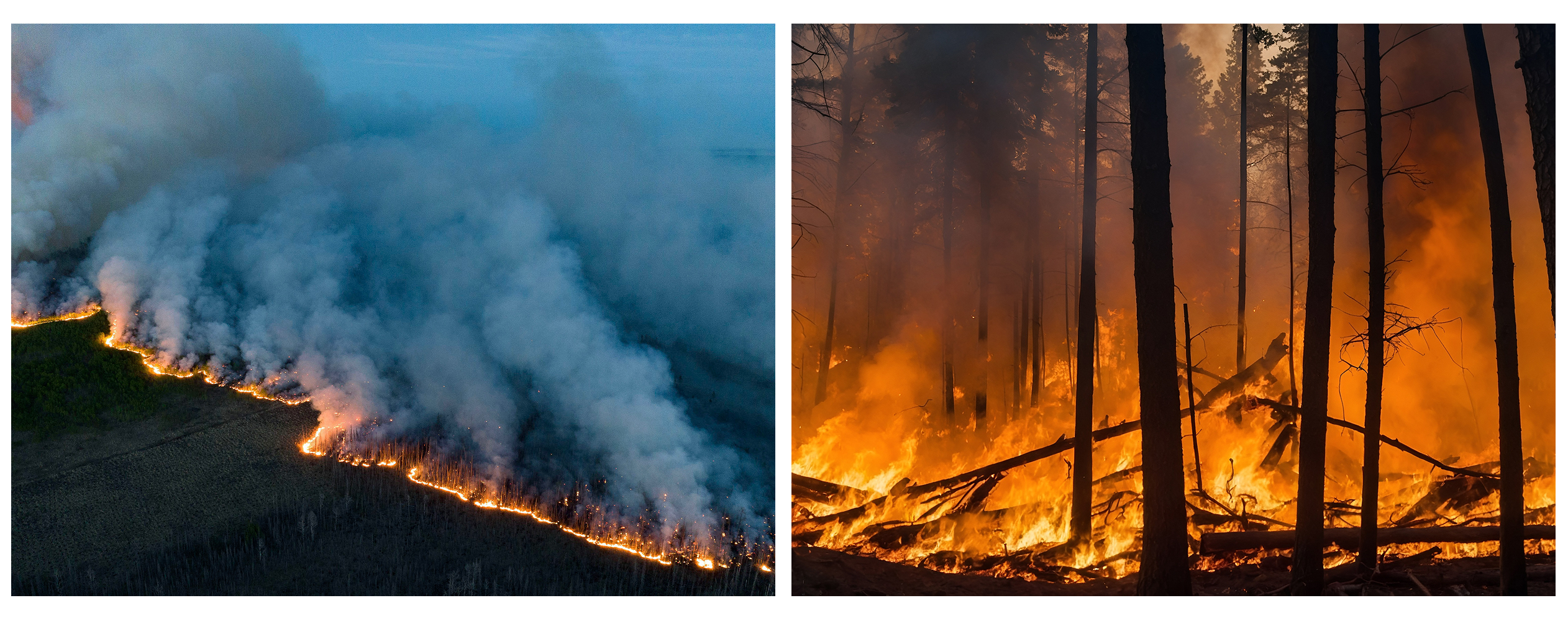
The complexity of WUI challenges requires more than traditional prevention strategies. Monitoring the environment of WUIs with IoT technology allows the authorities to detect crucial environmental changes that are relevant regarding potential disasters. Those can be sensors indicating parameters such as temperatures, precipitation, wind speeds and condition of the vegetation. Early detection and real time measurements enable us to:
LORIOT Verso is helping communities stay safer in high-risk areas by providing practical IoT solutions that monitor environmental hazards in real time. In Salzburg, Austria, a wildfire monitoring system powered by LoRaWAN® sensors and managed through LORIOT’s network server allows forest and safety authorities to track risk factors, assess the likelihood of wildfires, raise awareness among the population, and respond quickly to prevent damage.
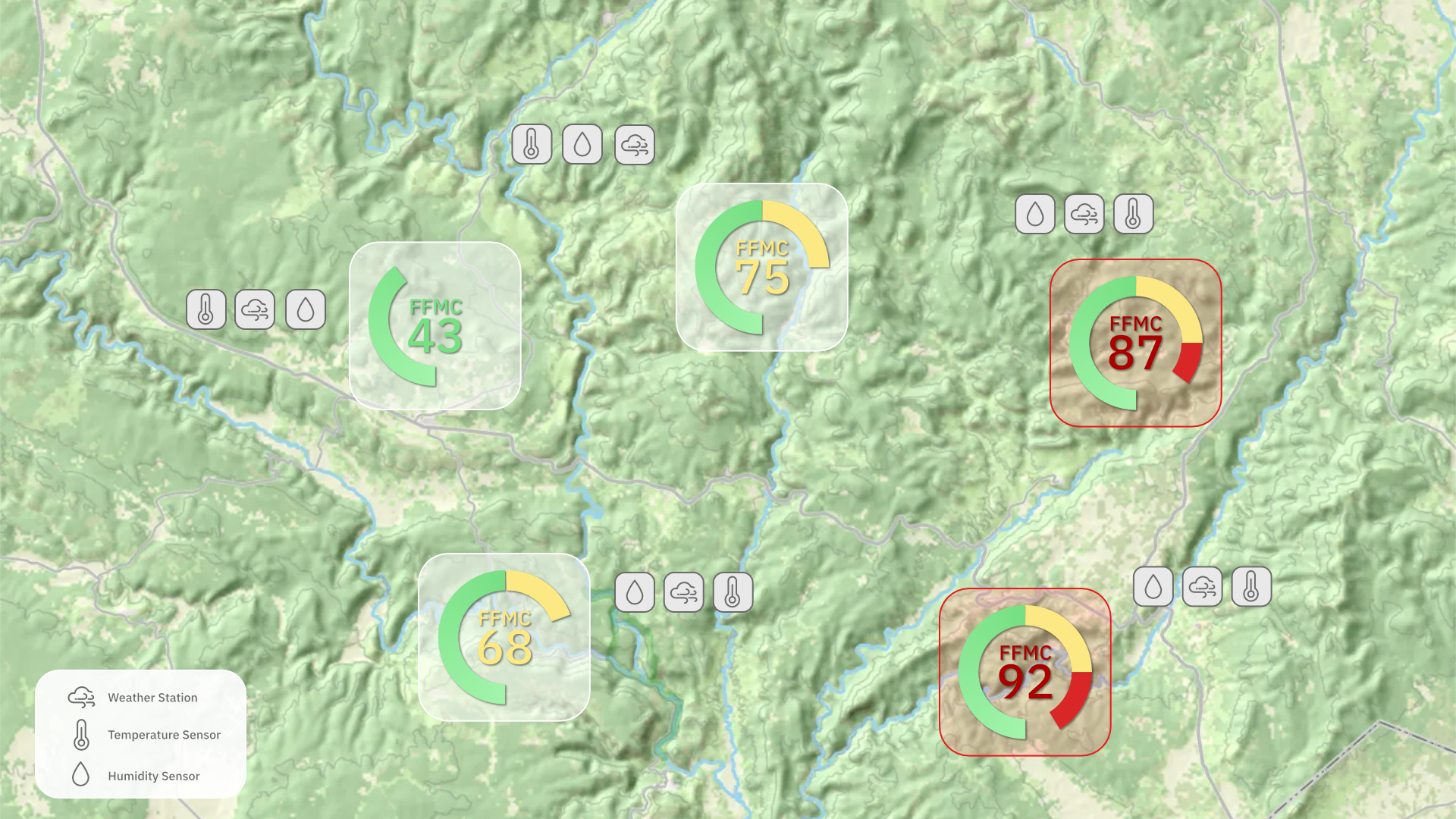
In Alcoi, Spain, similar technology monitors forests that are vulnerable to summer heat and drought, giving local agencies the data they need to implement prevention measures before fires start. Beyond wildfire prevention, LORIOT Verso is working on a water management project in Vienna, Austria, where connected sensors monitor water levels and usage, helping protect urban areas from flooding and support sustainable resource management.
By combining reliable sensors with smart data analysis, LORIOT Verso gives authorities the tools to anticipate risks, make faster decisions, and reduce the impact of disasters. These deployments show how IoT technology can be adapted to different environments from forests to cities making communities more resilient and better prepared for future challenges.
Why is monitoring the Wildland-Urban Interface (WUI) important?
Monitoring WUI zones is essential because they are highly vulnerable to natural hazards. With climate change intensifying heatwaves, droughts, and extreme weather, early detection is critical to protect lives, property, and ecosystems.
How can IoT help prevent disasters in WUI areas?
IoT solutions make prevention possible by deploying sensors that track key environmental indicators such as temperature, humidity, soil moisture, and wind. This real-time data allows authorities to anticipate risks, issue early warnings, and take action before small incidents escalate into major disasters.
What does LORIOT Verso provide in this context?
We deliver the scalable and reliable network infrastructure and data intelligence needed for these IoT monitoring systems. From wildfire prevention in Salzburg and Alcoi to water resource management in Vienna, LORIOT Verso enables communities to make faster decisions, safeguard resources, and build resilience in expanding WUI regions.